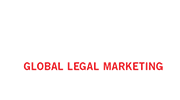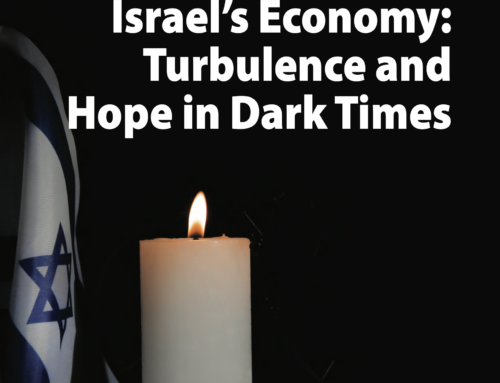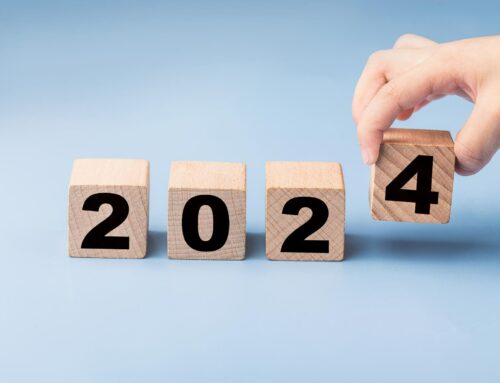Overview
International ranking guides offer a unique and rare glance at how Israeli law firms are perceived and positioned. Based on the 2014 rankings for Israeli law firms one can comprehend the impression created, whether the marketing messages are effective and how a law firm is viewed from the perspective of an international law firm. Moreover, positioning, in this case, is constructed based on three components – the submission of the firm to ranking guides, the firm’s client recommendations and feedback from colleagues and professionals and colleagues in the market. Given that a firm’s ranking is mostly affected by two exterior components that the firm has no control over (feedback from colleagues/professionals and client recommendations), we therefore receive a credible picture of how others view the firm.
The Israeli branding index brought before you consists of international directories that rank the Israeli law firm market methodically and professionally. The guides enable us to benchmark, and thoroughly understand how an independent entity views Israeli law firms, based on research and qualitative and quantitative interviews with clients, lawyers and professionals in the Israeli market.
The index doesn’t necessarily absolutely testify to the quality of a firm and its legal departments, but it does enable us to evaluate the positioning of the firm (how we are perceived), specifically the visibility of legal work in front of an international audience.
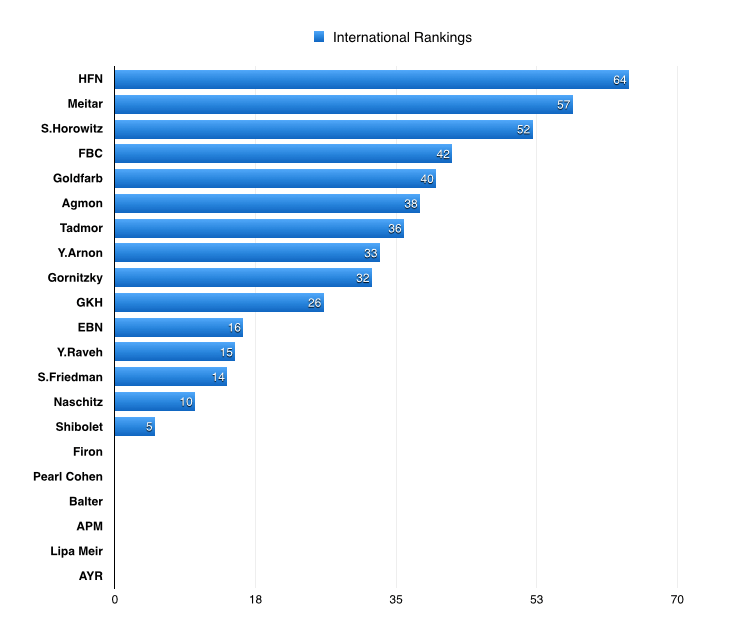
Note: parentheses next to the name of the guide refer to the number of departments ranked.
Note: “Top 20” factors in 2014 and 2015, due to the fact that the international rating guides were published in the second quarter of 2015, ranking 2014.
Herzog Fox & Neeman – best international positioning, with Meitar and S. Horowitz not far behind
Herzog Fox & Neeman leads the international branding index with a score of 64 (about two thirds of its departments are ranked as top tier), behind is Meitar with a score of 57 and S. Horowitz closing the top three with a score of 52 (about half its departments are ranked in as top tier). Fischer Behar and Goldfarb are just a bit behind with a score of 42 and 40, respectively. Sixth and Seventh in the index are two firms who are not in the ‘top ten’ (by size), but rather in the ‘top twenty’ – Agmon with a score of 38 and recently merged Tadmor with a score of 36. Sealing the index are Yigal Arnon (score of 33), Gornitzky (score of 32) and GKH (score of 26). Two of Israel’s ‘top ten’ law firms by size are absent from the index’s top ten – Shibolet which received a score of 5 (ranked as top-tier in only one practice area throughout all ranking guides), and Firon which doesn’t have a single top-tier practice area in the international guides.
Analyzing the Index
When taking a look at the top tier law firms in the international rankings guides we will usually find the largest law firms in Israel. An exception to this is niche-focused practice areas, e.g., intellectual property, real estate and taxes, where we will also find niche or boutique law firms.
Only 15 out of the 21 largest law firms in Israel are ranked within the top tier in the international rankings guides. The six firms that are absent from the international guides are: Firon, Pearl Cohen, Amit Pollak Matalon, Lipa Meir and AYR.
With the exception of Shibolet, which has one top-tier appearance (high-tech in Legal 500), the other firms have at least two top- tier appearences (Naschitz Brandes, Erdinast Ben Nathan, and Yehuda Rave), while Herzog Fox & Neeman has 18 appearances, Meitar has 15, and S. Horowitz has 12 as top-tier.
Two firms that are not included in Israel’s top ten by size (according to law firm size rankings published by Dun & Bradstreet) managed to reach the top ten of the branding Index – Agmon and Tadmor. These two firms have 5 top-tier appearances throughout the various rankings guides. This reflects the importance of the quality index over the quantity of lawyers index.
Methodology:
Law firms submit to ranking guides. Additionally, international law firms give priority to law firms ranked as top tier. Given those facts, this is almost the only common objective index available. Therefore, the branding Index is based on the quantity of top-tier appearances in relation to the total amount of appearances across all tiers in the three main ranking guides. A firm that scores as many top-tier rankings in relation to its overall appearances in the guides will benefit from a higher score between 1-100. 100 reflects that 100 percent of a law firms submissions are that of a top-tier.
Note: ‘Top 20’ firms factor the size index of Dun & Bradstreet for years 2014-2015 due to the fact that the international rating guides were published only in second quarter of 2015, rating 2014 as well.
